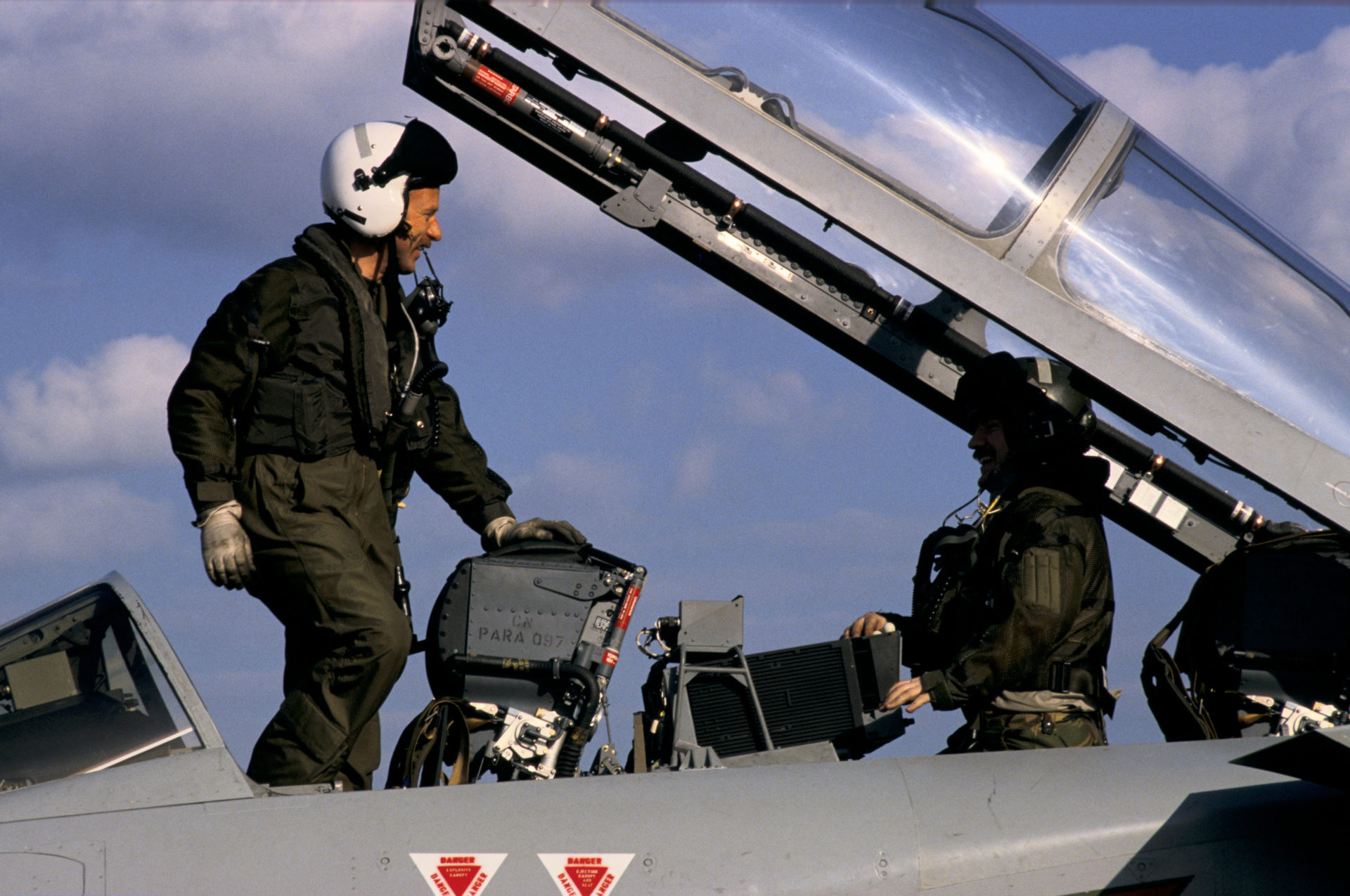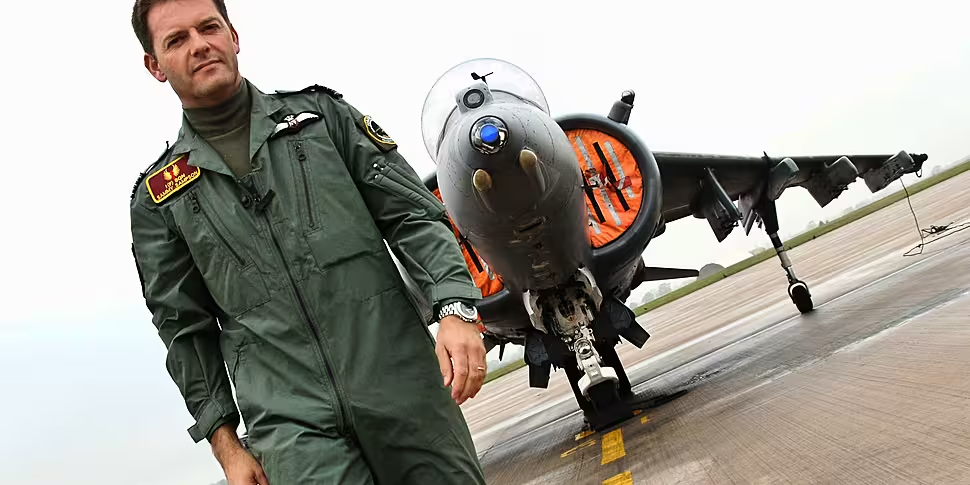The Irish Anti-War Movement supports the policing of Irish skies by Britain’s Royal Air Force, its co-chair has said.
During the Cold War, the Irish Government declined to join NATO but did sign a secret memo with London which allowed the RAF into Irish airspace when asked and required.
The agreement was never published officially but it is still in force and, in recent years, the RAF has been scrambled on a number of occasions after Russian jets entered Ireland’s airspace.
 A2YT77 tornado pilot raf air defence
A2YT77 tornado pilot raf air defenceIt is a situation the Irish Anti-War Movement has no problem with.
“We should continue to do that,” co-chair Mark Price told The Hard Shoulder.
“That has absolutely nothing to do with neutrality.
“If I went out and left this building today and was attacked by somebody and called on the help of somebody else that isn’t me giving up my independence.
“There’s nothing wrong with that.”
The movement does, however, have an issue with the European Union’s Permanent Structured Cooperation (PESCO) which aims to deepen defence and security cooperation between member states.
“It’s a binding agreement among a large number of people that’s been set up explicitly in the interests, really, of two of those powerful [EU] members in order to create a global power with military industrial backing,” he said.
Defence under Sinn Féin
Sinn Féin previously backed withdrawal from PESCO at the last election but the party has since u-turned.
Defence spokesman Matt Carthy has said the party would boost military spending in Government but not to the 2% of GDP NATO members are supposed to spend.
“We need to actually invest in our Defence Forces,” he told The Hard Shoulder.
“Not to the level of NATO countries because we will never be in a position to defend ourselves from a Russian invasion or whatever threat might be envisaged by some.
“In fact, I would contend that our greatest protection against such invasion is actually our historical neutrality which, as I say, must be protected and must be the cornerstone of our approach.”
Last year, the Government announced defence spending would rise from €1.1 billion to €1.5 billion by 2028.
Main image: An RAF pilot and a Harrier GR9 aircraft at RAF Cottesmore. Picture by: Alamy.com









